Hedera Canariensis (Algerian Ivy) Profile
Written by Iris
Dec 06 2021
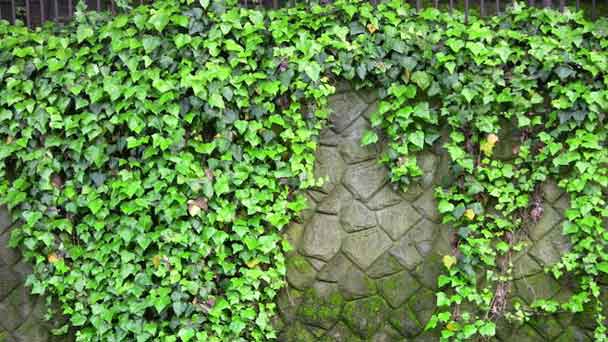
Hedera Canariensis (Algerian Ivy), this fast-growing evergreen has thick, glossy, dark green, lobed leaves and a red stem. The new growth leaf is light green. Hedera Canariensis rarely blooms, but if it does, their color is greenish-white. Hedera Canariensis can quickly occupy an area, making this plant an attractive ground cover. It prefers improved, well-drained soil, but will grow in most soil conditions. Algerian ivy is also used in coastal areas because it is very salt tolerant. The 'Variegata' has green split leaves surrounded by white and is more hardy than the green variety.
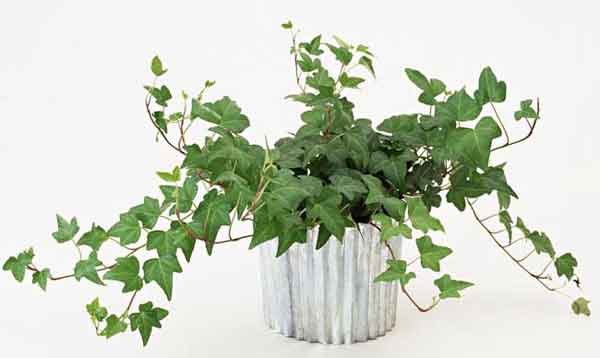
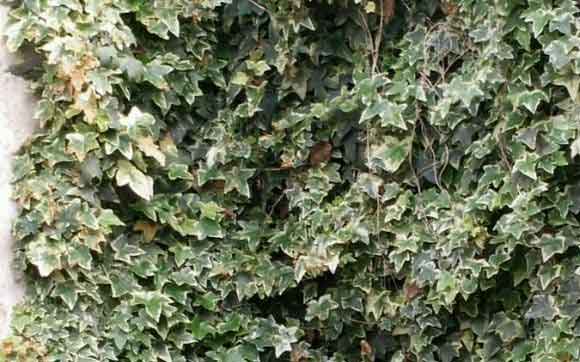
Using a clean pruning tool to snip 6-inch sections of new growth from the Hedera Canariensis plant, being sure to include at least three to four nodes, where the roots will develop. Trim off the leaves from the bottom half of the cuttings.
Use a pencil to make indentations in the moistened potting mix and place an Hedera Canariensis cutting in each hole, planting it deeply enough to cover about three nodes. Gently firm the soil around the cuttings and water again. Place a plastic bag over the containers to create humidity while the cuttings develop roots and situate the cuttings in a warm location out of the sun.
Water the soil when it begins to dry. If thick condensation starts developing on the plastic, lift it up and allow air to circulate for a bit before replacing it. The cuttings should root in about three weeks and be ready for repotting in approximately six weeks.
When the Hedera Canariensis cuttings have established root systems and you’ve repotted them in new containers, gradually acclimate them to brighter light conditions, depending on the variety and their preferences. After approximately two to three months, you can transplant your Hedera Canariensis plants into the garden, and they'll develop into bushy plants in about six months. In no time, your Hedera Canariensis cuttings will be mature plants filling in empty areas of the garden or containers with their vigorous growth.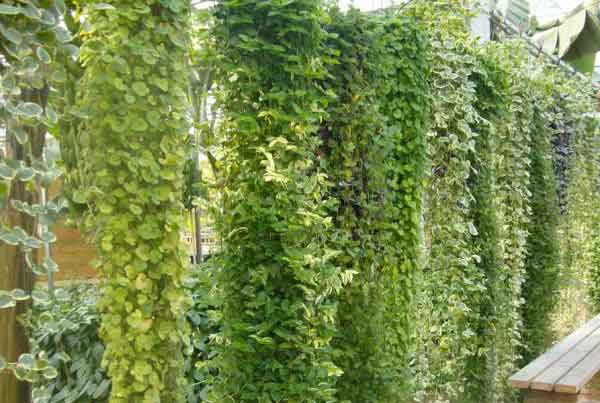
The Hedera Canariensis plants prefer medium to high levels of humidity to thrive. Don’t keep the plants anywhere near heat vents because the heat can dry up the soil. Moist air and soil are quite necessary for the plant.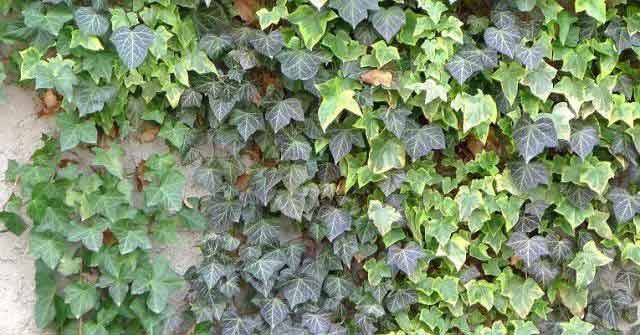
Algerian Ivy‘Gloire de Marengo’ aka 'Variegata': This has large leaves, up to 6-inches long, and great color contrast with deep green leaves edged in white and silvery green patches occurring inside the margins. It is slightly frost-sensitive.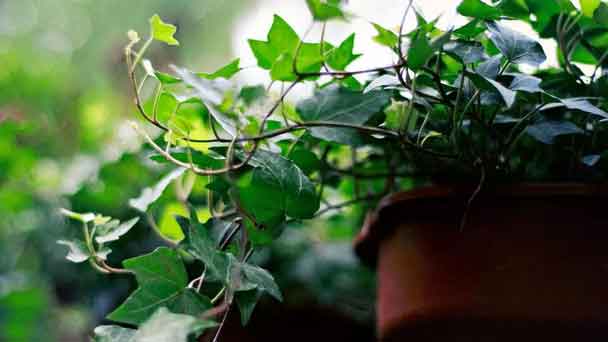
Pest control is quickly remedied with insecticidal soap or neem oil. Leaf spots are bacterial and can be treated by trimming away diseased foliage and spraying what's left with copper soap. Powdery mildew and stem rot come from fungi and can be remedied with antifungal treatments such as sulfur spray. If this doesn't work, you may need to repot ivy in pots, with sterile soil, and be sure you don't overwater.
Hedera Canariensis PictureHedera Canariensis InfoHedera Canariensis Ecological HabitsHedera Canariensis DistributionHow to Grow and Care for Hedera CanariensisHow to Grow Hedera Canariensis How to Care for Hedera CanariensisUses of Hedera CanariensisVarieties of Hedera CanariensisHedera Canariensis Common Pests/DiseasesHedera Canariensis Companion Plants
Hedera Canariensis Picture

Hedera Canariensis Info
| Botanical Name | Hedera algeriensis |
| Common Name | Algerian ivy, Canary Island ivy, Madeira ivy |
| Plant Type | Evergreen vine |
| Mature Size | 20-40 ft. long vine, 3-ft. spread |
| Sun Exposure | Partial shade to partial sun |
| Soil Type | Neutral, well-draining |
| Soil pH | Neutral, slightly acidic |
| Bloom Time | Spring |
Hedera Canariensis Ecological Habits
Hedera Canariensis's glossy lobed leaves remain dark green in color throughout the year. The flowers are not ornamentally significant. This is a multi-stemmed evergreen houseplant with a spreading, ground-hugging habit of growth. This plant can be pruned at any time to keep it looking its best.Hedera Canariensis Distribution
Hedera canariensis (Algerian ivy) is a perennial woody vine (family Araliaceae). It is found throughout California along the coast, and is less widespread than its close relative English ivy. algerian ivy grows vigorously in forests where nothing else seems able to compete and inhibits regeneration of understory plants, including forest wildflowers and new trees and shrubs.
How to Grow and Care for Hedera Canariensis
How to Grow Hedera Canariensis
- With Seeds
- With Cuttings
Using a clean pruning tool to snip 6-inch sections of new growth from the Hedera Canariensis plant, being sure to include at least three to four nodes, where the roots will develop. Trim off the leaves from the bottom half of the cuttings.
Use a pencil to make indentations in the moistened potting mix and place an Hedera Canariensis cutting in each hole, planting it deeply enough to cover about three nodes. Gently firm the soil around the cuttings and water again. Place a plastic bag over the containers to create humidity while the cuttings develop roots and situate the cuttings in a warm location out of the sun.
Water the soil when it begins to dry. If thick condensation starts developing on the plastic, lift it up and allow air to circulate for a bit before replacing it. The cuttings should root in about three weeks and be ready for repotting in approximately six weeks.
When the Hedera Canariensis cuttings have established root systems and you’ve repotted them in new containers, gradually acclimate them to brighter light conditions, depending on the variety and their preferences. After approximately two to three months, you can transplant your Hedera Canariensis plants into the garden, and they'll develop into bushy plants in about six months. In no time, your Hedera Canariensis cuttings will be mature plants filling in empty areas of the garden or containers with their vigorous growth.

How to Care for Hedera Canariensis
- Light
- Soil
- Water
- Temperature and Humidity
The Hedera Canariensis plants prefer medium to high levels of humidity to thrive. Don’t keep the plants anywhere near heat vents because the heat can dry up the soil. Moist air and soil are quite necessary for the plant.
- Fertilizer
- Pruning

Uses of Hedera Canariensis
Landscape Use: All are wonderful evergreens for shady locations. They are most useful on north- and east-facing banks, under trees where grass will not grow or as an underplanting between shrubs. The plant roots hold the soil, discouraging erosion and slippage on slopes. Roots grow deep and fill soil densely. Ivy climbs almost any vertical surface with aerial rootlets (small roots along the stem). Many small- and miniature-leafed forms of Hedera Canariensis are useful for small-area ground covers, hanging baskets, and training to form intricate patterns on walls and in pots. Some are grown as houseplants, but if planted in protected sites, most are hardy.Varieties of Hedera Canariensis
Algerian Ivy‘Canary Cream’: This variety has green leaves with creamy white margins.Algerian Ivy‘Gloire de Marengo’ aka 'Variegata': This has large leaves, up to 6-inches long, and great color contrast with deep green leaves edged in white and silvery green patches occurring inside the margins. It is slightly frost-sensitive.

Hedera Canariensis Common Pests/Diseases
Hedera Canariensis is surely an equal opportunist when it comes to the pests and diseases it attracts, and it attracts them all: aphids, loopers, mealybugs, scale, mites, canker, leaf spots, powdery mildew, and stem rot. That's a whole lot of trouble, but don't let it worry you too much as these are easy problems to get rid of.Pest control is quickly remedied with insecticidal soap or neem oil. Leaf spots are bacterial and can be treated by trimming away diseased foliage and spraying what's left with copper soap. Powdery mildew and stem rot come from fungi and can be remedied with antifungal treatments such as sulfur spray. If this doesn't work, you may need to repot ivy in pots, with sterile soil, and be sure you don't overwater.
Hedera Canariensis Companion Plants
Companion plants you can pair with Hedera Canariensis includes Periwinkle, Ajuga, Liriope, varieties of Ivy such as Hedera hibernica, Persian Ivy, Hedera nepalensis, and Hedera canariensis.Latest Updated
- Benefits of Bugleweed - 7 Science-backed Health Benefits
- Bugleweed Dangers & Side Effects - Is It Poisonous?
- How to Plant Evergreen Trees - What You Should Know
- When to Plant Evergreens - Grow Guide for Evergreen Trees
- 12 Wonderful Evergreen Shrubs for Your Garden
- 12 Popular Evergreen Plants with Pictures for Beginners
- When And How To Prune A Lilac Bush Like a Pro
- How to Grow & Care for Lilac Vine (Hardenbergia Violacea)
- Japanese Lilac Tree (Syringa Reticulata) Care & Propagation Guide
- Shumard Oak Pros and Cons - What to Know
Popular Articles
- Winter maintenance of Antirrhinum Majus
- How to Grow Terminalia Mantaly Tree
- How to Grow and Care for Crossostephium Chinense
- How to grow Antirrhinum Majus in spring
- Peristeria Elata (Dove Orchid) Profile: Info & Care Guide
- Underwatered Snake Plant (Sansevieria Trifasciata) - Signs And How To Fix
- How to Care for Brazilian Jasmine Plant (Mandevilla Sanderi)
- How to Grow & Care for Graptopetalum Purple Delight in Summer
- Rosa Chinensis (China Rose): Plant Growing & Care Tips
- How to Care for Baby Sun Rose (Aptenia Cordifolia)